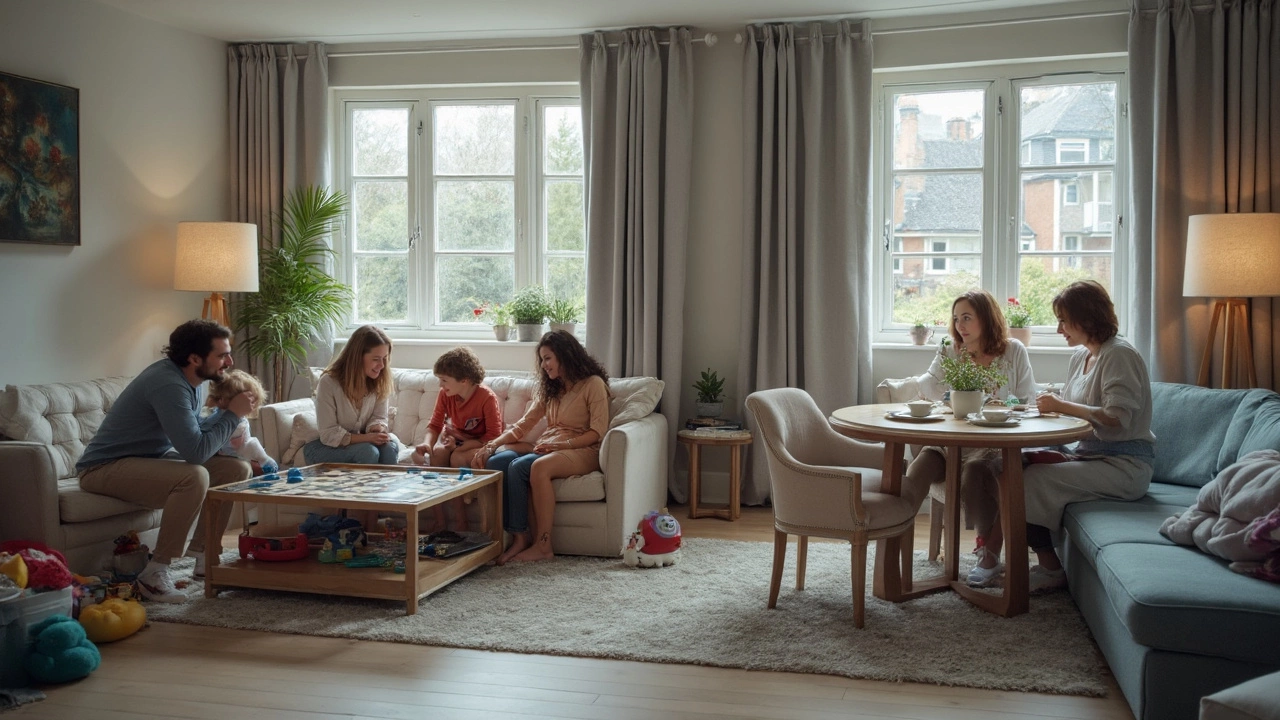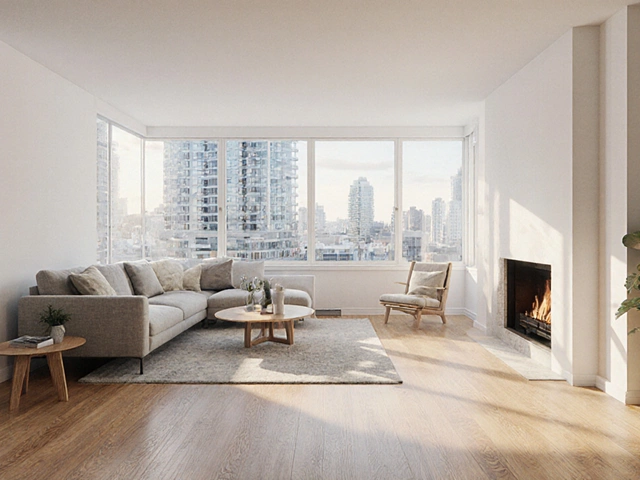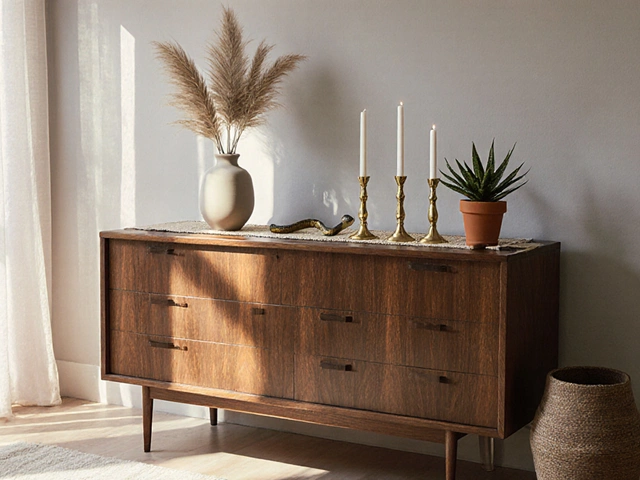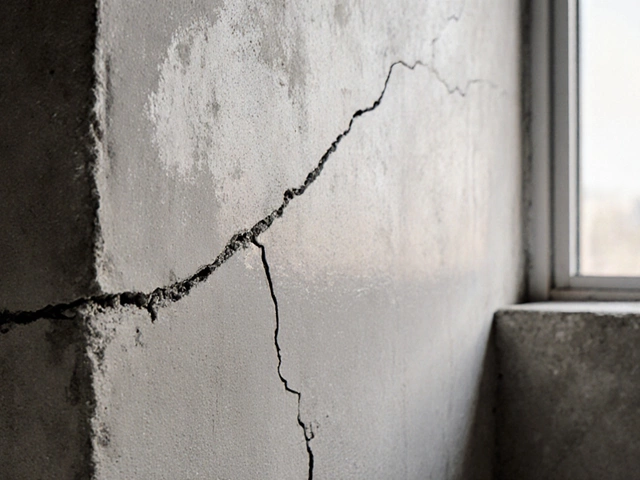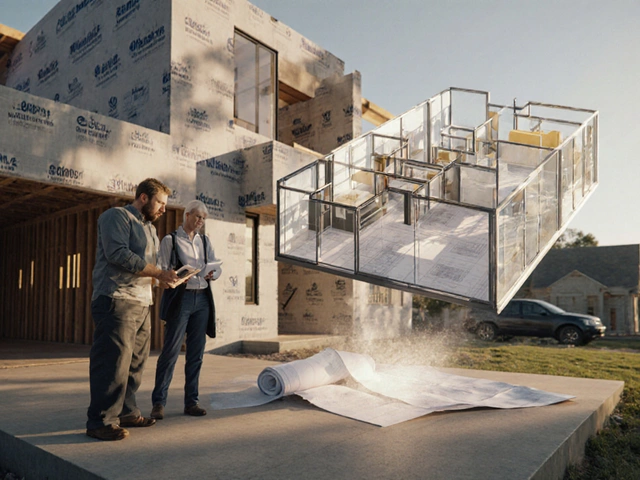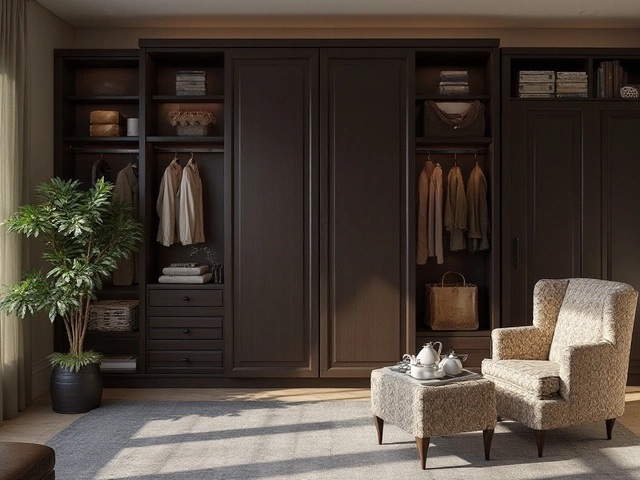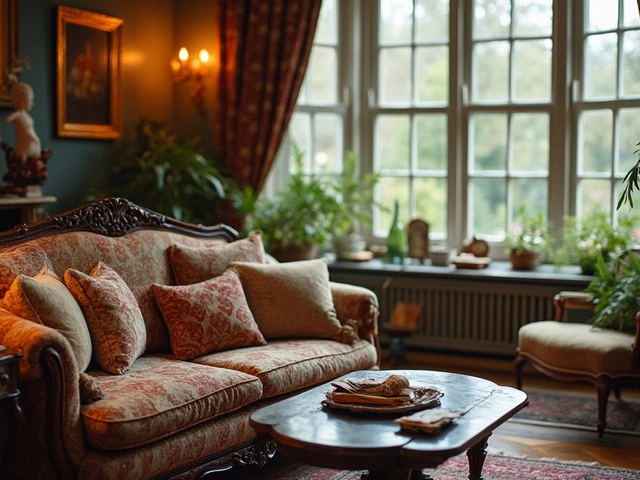If you've ever banged your knee on a coffee table corner, you know the struggle is real. Maybe you're deciding because your old table is toast, or maybe you just want something that actually works for your space. The shape of your coffee table isn't just about looks—it's about how you move, live, and chill in your living room.
Some folks love the crisp edges of a square coffee table. It's easy to line up with your couch, stash baskets underneath, and set out snacks or board games (my kid Finn can fill one with LEGO in ten minutes flat). But if your living room is tight or you’re forever dodging furniture, a circle table gives you those smooth edges and makes weaving through the room way easier—no bruises, no drama.
There's more here than just aesthetics. Square tables can define a room and anchor seating, while circles help things flow and often feel friendlier if you’ve got little ones tearing around (like Nora, who never walks, only sprints). So before you click “buy,” think about your daily life—not just what looks cool on Instagram. Because trust me, living with the wrong table is the kind of annoyance that sneaks up every day.
- Shape and Space: The Big Picture
- Style and Everyday Use
- Kids, Guests, and Real-Life Scenarios
- Picking What Fits: Some Real-World Advice
Shape and Space: The Big Picture
Getting the right shape for your coffee table makes every day easier. Here’s the deal: your table is usually smack in the middle of your living room, so it controls how you move around, what you can reach, and even how clean your space feels.
Let’s get into real numbers. Designers say you want about 16-18 inches between your coffee table and sofa. That’s just enough space to stretch your legs or squeeze by with a plate of pizza, but not so much that you’re reaching like you’re in a yoga class. Most living rooms fall between 150-300 square feet, and in tighter spots, corners from a square table can feel like hazards if you aren’t paying attention.
Coffee table shapes change everything about flow. Square tables fill the room and give you clear edges—perfect if you like order and sharp lines (and don’t mind walking the long way around a corner). Circle tables soften things up. There’s less bumping, more wiggle room, and the whole place just feels more relaxed. In an open layout, circle tables help break up all those right angles from couches and TV stands.
Here’s a quick glance at space and layout basics for square and circle coffee tables:
| Shape | Ideal Room Size | Traffic Flow | Seating Arrangement |
|---|---|---|---|
| Square | Large/Medium | Requires clear paths | Great for sectionals or L-shaped setups |
| Circle | Small/Medium | Easy to walk around | Works with any seating, even mismatched chairs |
Ask yourself: How often do people walk through the room? Are you always hosting friends or herding kids around? If people are up and down nonstop, circle tables sidestep a lot of banging and traffic jams. If your crew likes to camp out in one spot, a square table gives everyone a front-row seat.
Measure your space before you buy anything. Use tape to map out where the table would go and walk your normal path. If you’re bumping into tape, that shape is probably wrong for you. This little check saves a lot of regret after delivery day.
Style and Everyday Use
Style matters, but how you actually use your table makes the biggest difference. Let's start with the basics. A coffee table is more than a place for your mug. It might be Play-Doh land one day, work-from-home HQ the next, or ground zero for Mario Kart controllers when the kids have friends over.
So what’s the vibe with squares vs circles? Square tables bring structure and order. They’re super popular in homes with straight lines and modern or industrial furniture. You can push one edge right up to your sofa, making it feel built-in. They also have more usable surface area edge-to-edge, so you’ll fit more stuff on top, whether it’s a set of coasters, snacks, or some art books you never really read.
Circle tables, on the other hand, play well with a wider mix of styles—think boho, mid-century, or even classic cottage. The lack of corners gives the room a chill, easy flow. They’re magnets for small group huddles and game nights. If you’ve ever hosted, you know that groups naturally form circles, not squares. Designers say round tables make smaller spaces seem less cramped and open up foot traffic, which is a real plus if your living room isn't huge.
Here's a look at how both shapes compare for different daily uses:
| Feature | Square Table | Circle Table |
|---|---|---|
| Surface Area (standard 36-inch size) | 1296 sq in | 1017 sq in |
| Best for board games | Yes | Less ideal |
| Easy to walk around | Average, corners in the way | Excellent, smooth movement |
| Kid-friendliness | Good (with corner protectors) | Best (no corners) |
| Works in small living rooms | Sometimes, can block flow | Usually, feels more open |
If you’re into decor, square coffee tables make it easy to show off tray setups and keep things looking tidy. Circles can be trickier for that "perfectly styled" look but win big when it comes to no-fuss, just-live-your-life layout. One weird truth: round tables collect less dust in corners—because, well, there are no corners. Less time cleaning is a win in my books.
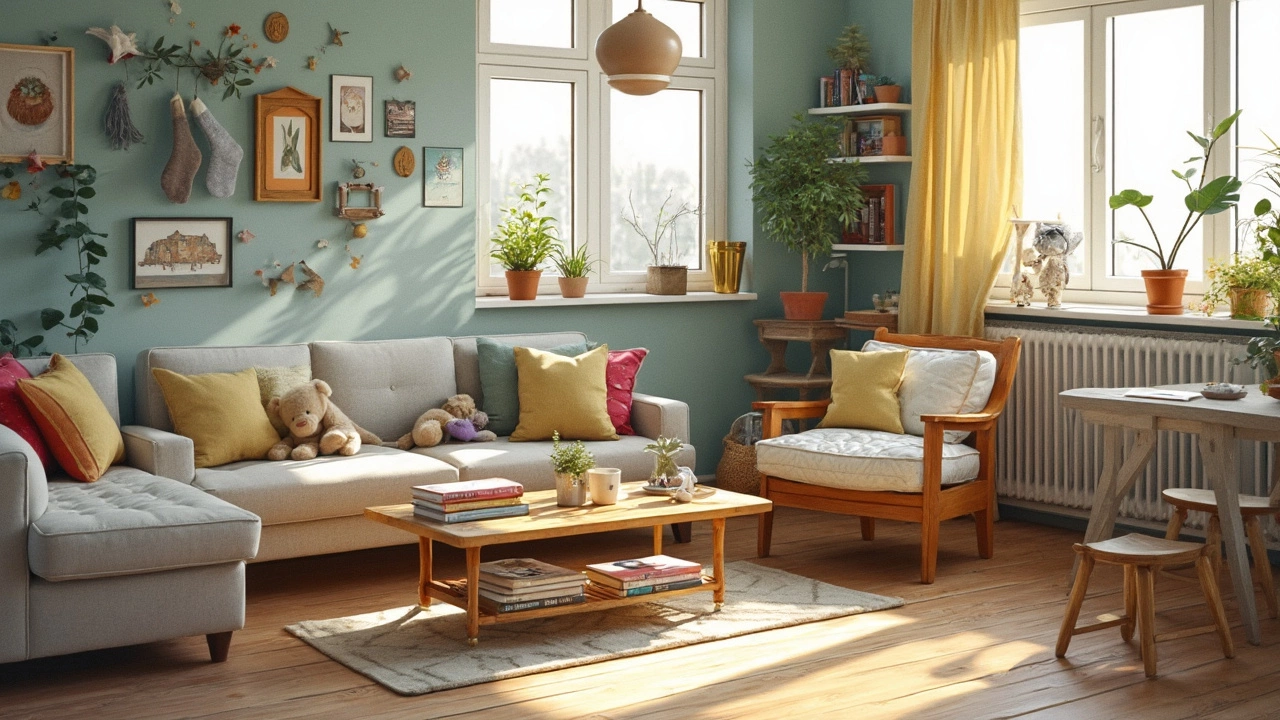
Kids, Guests, and Real-Life Scenarios
If you live with kids, you’ve already got a short fuse for furniture that’s more hassle than help. Kids and coffee tables are a classic combo for forehead bumps and spilled milk. Here’s where a circle coffee table can be a lifesaver. No sharp corners means fewer injuries, especially if your kids, like Nora, are more into running laps than sitting still.
Now let’s talk guests. Is your living room the hangout spot for friends and family? A circle table makes it easier for everyone to grab snacks or join in on card games since everyone can scoot around without weird gaps. Plus, circles actually help people face each other, making conversations flow a little easier. But if you regularly need more surface space for pizza boxes, birthday cakes, or everyone’s coffee mug, a coffee table with a square shape gives you more real estate to work with.
This also comes down to how you use your living room most:
- If you’ve got small kids or a crowded space, a circle table helps reduce crash zones.
- If you host often and need predictable setups (think four-sided seating), squares help everything line up.
Check out how the numbers play out for families and gatherings:
| Table Shape | Avg. Seating Comfort (people) | Corner Bump Risk | Surface Area (for same footprint) |
|---|---|---|---|
| Circle | 3-5 | Low | Smaller |
| Square | 4-6 | High (especially for kids) | Larger |
I’ve seen living rooms where one stray corner totally changed the kid traffic pattern, leaving parents frustrated every day. If you’re big on movie nights with popcorn bowls, a square might be easier; but for game nights and families with toddlers, that circle saves a lot of bandages and apologizing.
Picking What Fits: Some Real-World Advice
It’s easy to get lost in a sea of coffee tables online, so let’s get practical. Before you buy, grab a tape measure. You want at least 16 to 18 inches between your couch and the table. That gap helps everyone walk through without tripping, and it means you’re not stuck leaning awkwardly to reach your drink.
If your living room is smaller (say, under 10x10 feet), a circle table under 36 inches wide can give you more breathing room. On the flip side, bigger rooms usually handle a square table up to 40 inches on each side, especially if you've got a sectional or a broad sofa with lots of empty floor space.
Here’s a quick comparison showing what fits best depending on the setup:
| Room Size | Best Shape | Recommended Table Size |
|---|---|---|
| Under 10x10 ft | Circle | 28–36 in diameter |
| 10x12–14x16 ft | Either | 36–40 in square, up to 40 in diameter |
| Large/Open Plan | Square | 40–48 in each side |
Think about daily life too. Do you have kids or pets? Circle tables mean no sharp corners at eye level. Love playing games or spreading out snacks for movie night? Squares give you more even surface for everyone. Got a sofa with a chaise or a sectional? Try taping off both shapes on the floor before committing. Walk around, sit down, and see what feels right—you’ll be surprised how much difference a few inches can make.
- Don’t forget table height—aim for something level with, or just below, your couch cushions (usually 16–18 inches high).
- Leave at least two feet of space to walk between the table and TV stand.
- If clutter drives you wild, look for tables with built-in storage, especially rectangular or square ones.
At the end of the day, you want a coffee table that plays nice with your furniture, lifestyle, and sanity. The shape can make or break how your whole living room works—and nothing tanks comfort faster than a table that’s always in the way or impossible to use.
